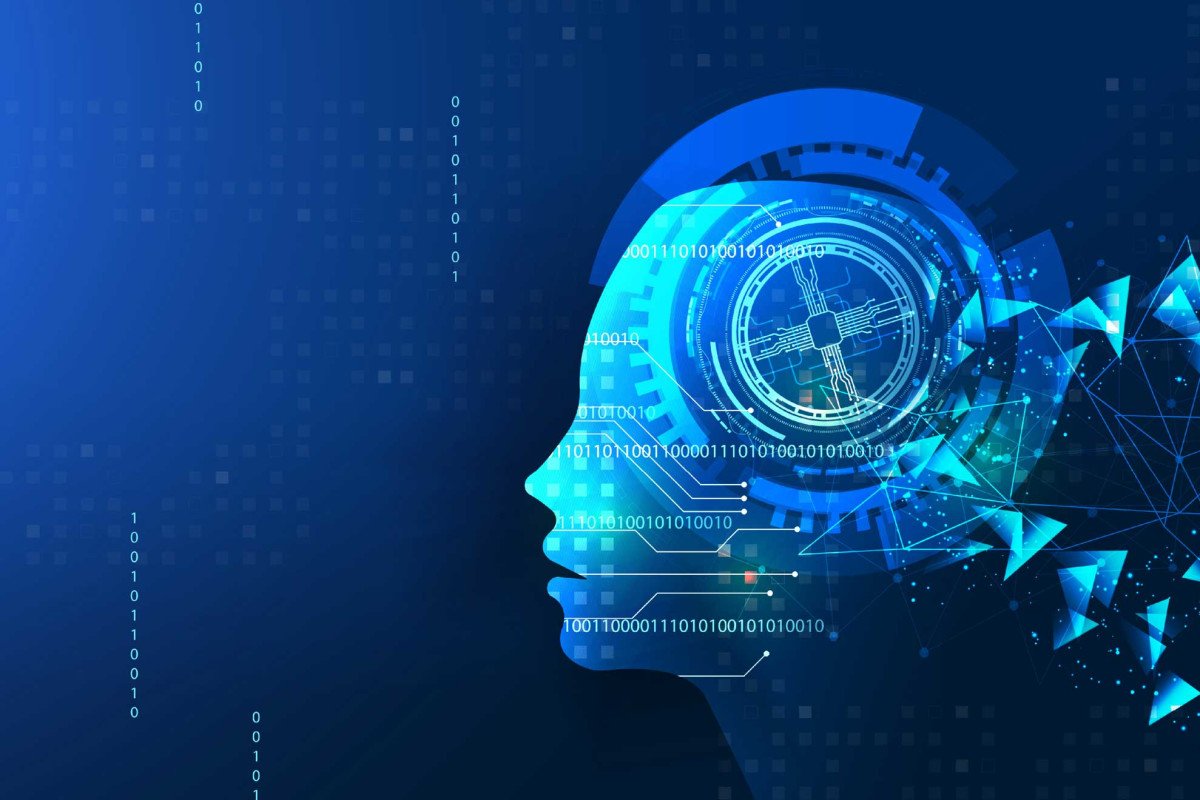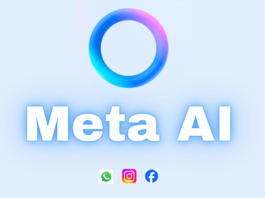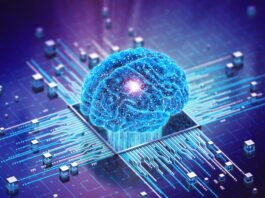In an era where artificial intelligence (AI) models are capable of generating images and content, the line between genuine artistic creativity and machine-generated replicas seems to be thinning. This raises a pertinent question: What becomes of the artist’s right to their original work in the face of AI’s replicative capabilities? Enters Nightshade AI, a novel tool engineered to safeguard artists’ rights and creative integrity against the unauthorized use of their artwork by AI models.
Key Highlights:
- Nightshade AI disrupts unauthorized usage of artists’ work by AI models through data poisoning.
- Developed by a team from the University of Chicago to address copyright infringement concerns.
- Alters images subtly to mislead AI training while remaining undetectable to the human eye.
- Aims at encouraging proper attribution and compensation for artists.
- Preceded by a similar tool called Glaze, expanding the arsenal against AI-driven artistic infringement.

Nightshade AI, a pioneering initiative, subtly modifies images to thwart unauthorized usage by AI models, thereby acting as a creative custodian in the digital realm. This innovation, dubbed Nightshade, operates by tampering with the training data in a manner that could significantly impact image-generating AI models. By introducing invisible changes to the pixels, it lays a potential minefield for AI data scrapers.
Developed by Professor Ben Zhao and his team from the University of Chicago, this tool is a part of a broader effort to combat the looming threat of AI to visual artists. Following their earlier release of Glaze, another tool with a similar purpose, Nightshade further fortifies the defense against AI’s unauthorized intrusion into the artistic domain.
At its core, Nightshade AI is not a standalone system but a tool or concept formulated to address the pressing concerns of copyright infringement and unauthorized usage of artwork by AI models. It achieves this by “poisoning” the training data utilized by these models, thus deterring unauthorized AI scraping and safeguarding creative assets from exploitation. The mechanism of Nightshade involves adding undetectable yet significant alterations to images, making the poisoned data a quagmire for AI models during training. While these alterations are invisible to the human eye, they could lead to substantial misinterpretation by AI models, rendering the AI-generated content less reliable and potentially unusable for specific applications. The broader implications of Nightshade’s data poisoning could be significant, exemplified by scenarios where AI models trained on poisoned data may generate images of dogs resembling cats or cars appearing as cows.
The advent of Nightshade AI has not only provided a technical solution but also catalyzed a legal and ethical discourse surrounding the rights of artists and creators in the digital age. By disrupting AI training data, Nightshade underscores the essence of proper attribution and compensation when artists’ work is employed in AI models. This initiative, amidst ongoing legal disputes, shines a light on the importance of respecting artists’ rights, thereby encouraging AI companies to tread the path of ethical usage of artistic content.
Nightshade AI emerges as a beacon of hope for preserving artistic integrity in the face of AI’s growing capabilities. By blending technical ingenuity with a call for legal and ethical reverence for artists’ rights, Nightshade AI epitomizes a robust response to the challenges posed by AI to the artistic community.






